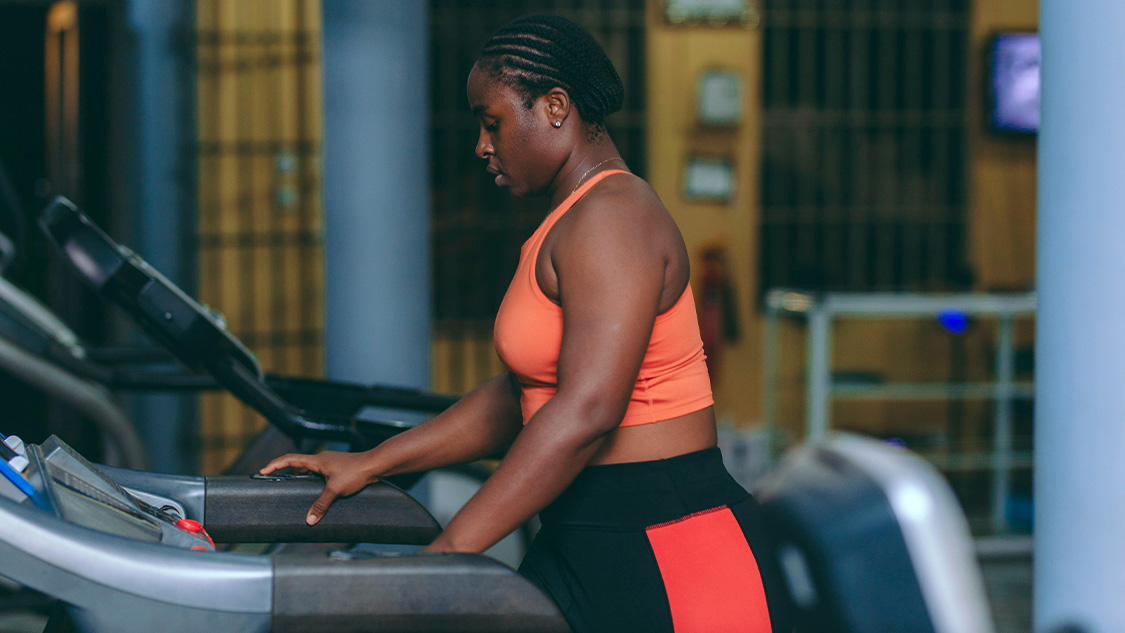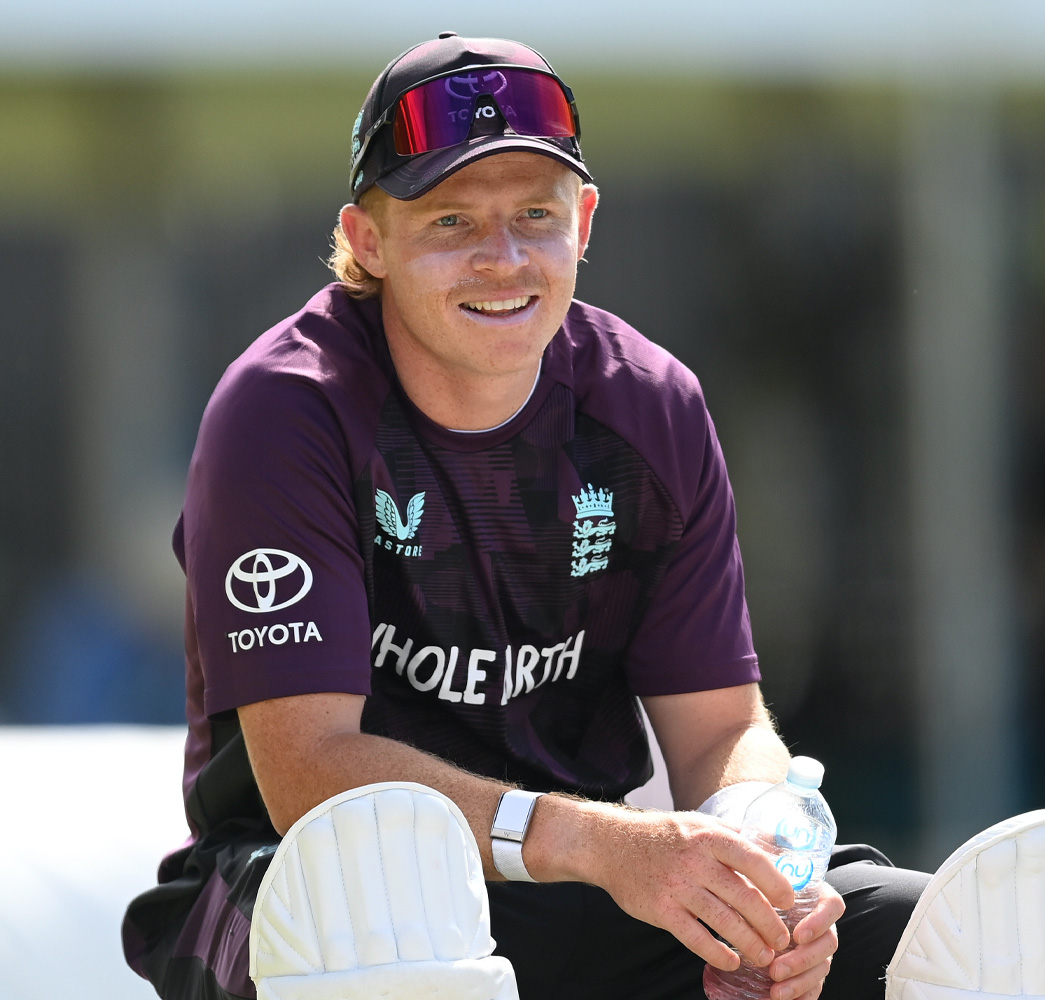'Women experience greater fluctuations in body temperature and sodium losses. Ignoring those differences doesn’t just hold performance back, it increases injury risk.' - Dr. Stacy Sims
For too long, women’s training was modelled on male physiology. Same schedules, same loads, same expectations.
But as exercise physiologist Dr. Stacy Sims famously said: "Women are not small men."
The growing field of female-focused sports science is reshaping how athletes train, recover, and fuel. This isn’t just about fairness - it’s about unlocking peak performance.
THE OLD PROBLEM
For decades, sports science treated the male body as the default.
Dr. Emma Ross, co-founder of The Well HQ and former head of physiology at the English Institute of Sport, explains.
"For years, research focused almost exclusively on men," she said. "Female athletes were sidelined, with limited understanding of how hormones, nutrition, and recovery differ. We’re finally correcting that, but the gap is huge."
This lack of focus meant female athletes were asked to follow programmes that didn’t fit their physiology. The result? Higher injury rates, under-fuelling, and missed performance gains.
TRAINING ON HER TERMS
Dr. Stacy Sims has been at the forefront of this movement.
“Women experience greater fluctuations in body temperature and sodium losses," she said.
"Ignoring those differences doesn’t just hold performance back - it increases injury risk."
In practice, that means coaches and athletes are adjusting training intensity, recovery protocols, and even hydration strategies depending on phase of life stage (adolescence, pregnancy, menopause) as well as training demands.

NUTRITION MATTERS TOO
Another overlooked area is nutrition.
Research shows that muscle protein synthesis differs between men and women, meaning women may benefit from slightly more protein relative to body weight to maximise recovery.
Iron intake is also crucial, as women are more susceptible to deficiencies which can sap energy and endurance.
"Small adjustments in fuelling can be game-changing," says Dr. Ross.
"It’s not about reinventing the wheel, it’s about being specific."
BEYOND THE MENSTRUAL CYCLE
It’s important to stress this conversation isn’t just about periods. Female physiology also differs in bone density, connective tissue strength, and how fuel is used during exercise.
As Dr. Sims points out: "The menstrual cycle isn’t the only factor. It’s about bone density, connective tissue, heat tolerance, fuel use.
"When we get it right, performance jumps."

LESSONS FOR COACHES AND ATHLETES
1. Individualise programmes: Equality doesn’t mean identical, it means appropriate
2. Prioritise strength training: Especially for bone health and long-term resilience
3. Adapt hydration: Women often lose more sodium relative to sweat volume
4. Educate widely: Athletes and coaches alike need to understand these differences
WHY THIS MATTERS
Women’s sport is booming. From record crowds to global sponsorships, performance is under the spotlight like never before. Getting the science right isn’t just about fairness, it’s about maximising potential.
WIDER LESSONS
Tailored training shouldn’t stop at sex differences. The broader lesson is that every athlete has unique needs. Whether it’s injury history, body type, or age, customisation is the future of sports performance.















.png)







